Unlocking the Secrets of Ancient Egyptian Coins: The Currency of the Pharaohs
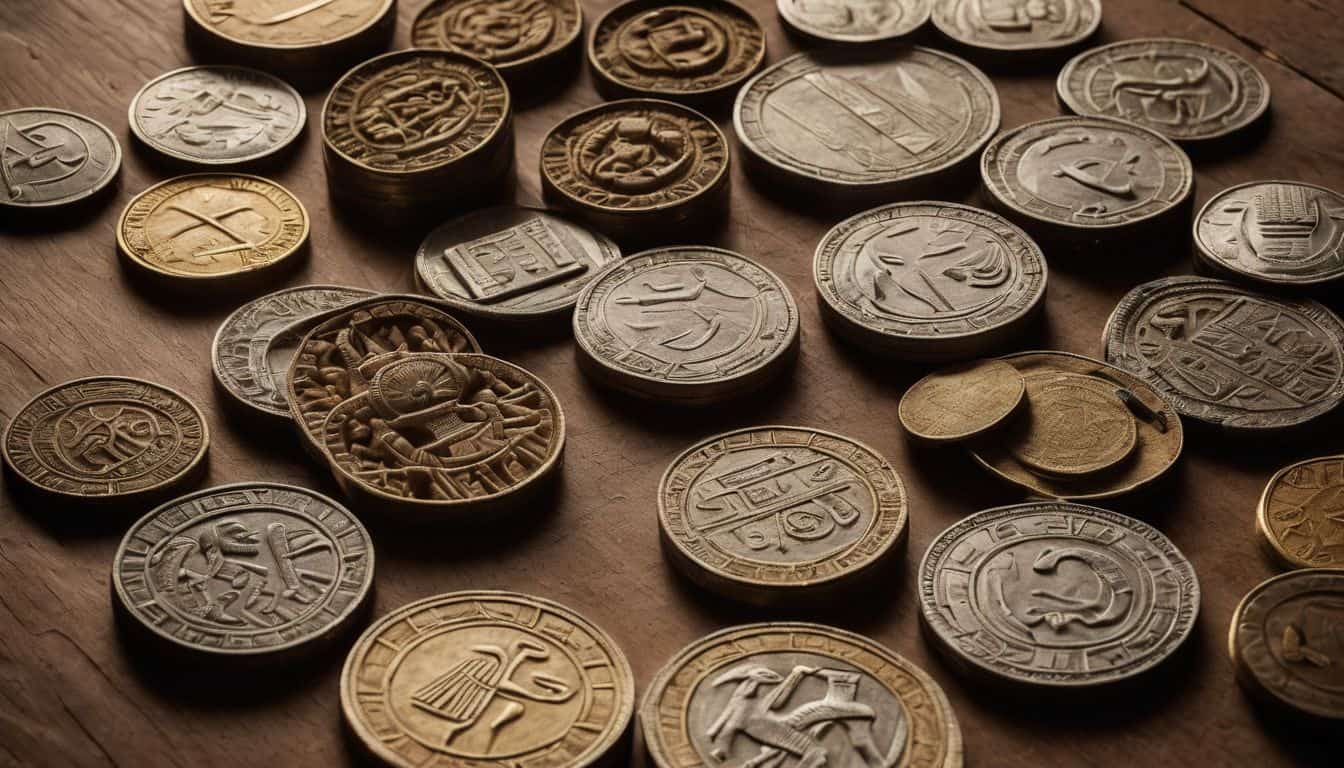
Updated On: April 17, 2024 by Raghda Elsabbagh
Imagine a world without bills and coins, where goods were exchanged through bartering. In ancient times, the Egyptians were among the first to say, “Let’s make things easier!” And from then, the ancient Egyptian coins debuted in this fascinating civilisation’s bustling markets.
If you’re rather keen on numismatics and captivated by the allure of the Egyptian civilisation, we’ve plunged headlong into meticulous research to unravel this enigma for you.
So, let us take you back in time to the land of pharaohs and pyramids to explore a hidden treasure that tells tales of trade, culture, and the daily lives of ancient Egyptians — ancient Egyptian coins.
Table of Contents
Early Monetary Systems in Ancient Egypt: From Barter to Metal Money
Long before ancient Egyptian coins graced the scene, commerce initially revolved around a barter system, where goods and services were exchanged directly for other goods and services. This method, while practical, had its limitations. The barter system required a double coincidence of wants, meaning both parties had to desire what the other offered. As trade networks expanded and complexities increased, so did the need for a more practical means of exchange.
With its shiny allure, metal soon became the chosen medium for exchange in Ancient Egypt. This transition was pivotal, marking the use of commodities like copper and silver as early forms of currency. Metals offered durability, divisibility, and portability, making them ideal for facilitating trade. This evolution laid the groundwork for the eventual development of what we now know as ancient Egyptian coins.
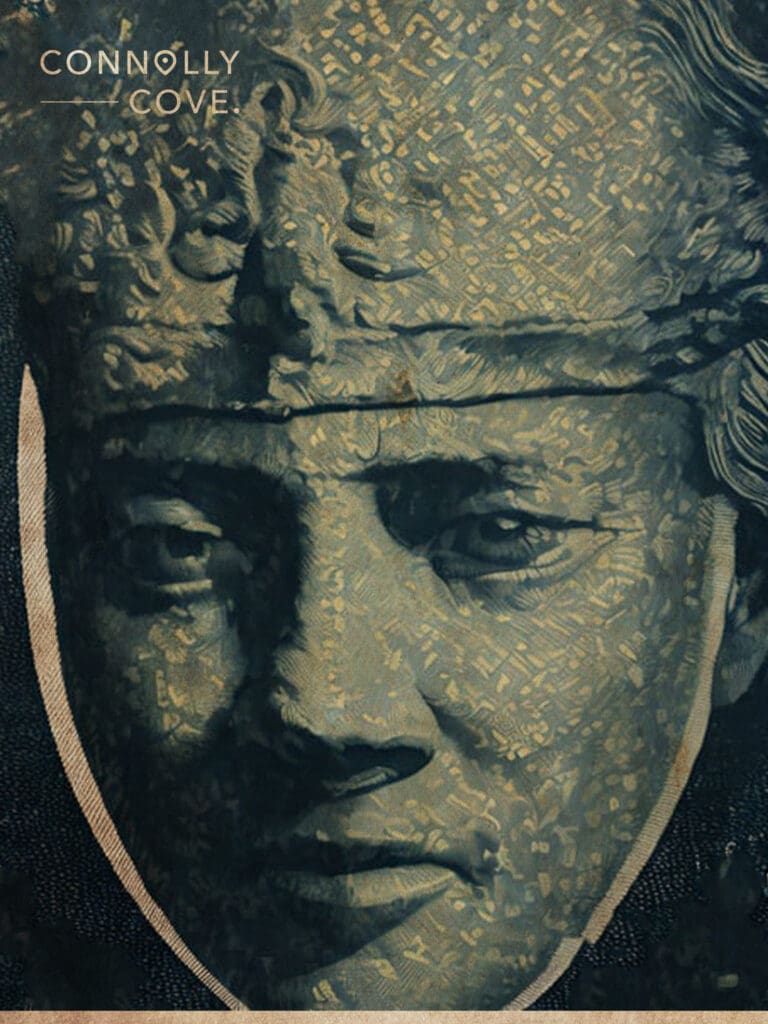
Development of Coinage in Ancient Egypt
The rich history of ancient Egyptian coins wasn’t isolated—it bore the imprint of neighbouring civilisations. Contact with the Mesopotamians and Phoenicians, known for their advanced trade systems, influenced the Egyptians profoundly. This cross-cultural exchange sparked innovations in the concept of money, inspiring the Egyptians to refine their monetary practices.
First Coins Produced in the Late Dynastic Period
During the Late Dynastic Period in ancient Egypt, particularly during the reign of Pharaoh Teos in 360 BC, the gold stater, known as nefer-nub in ancient Egyptian, which means fine gold, was the first coin ever minted in Egypt. Even though these coins were only used to pay Greek soldiers and weren’t standardised as a currency, this was a big step in Egyptian history and economy.
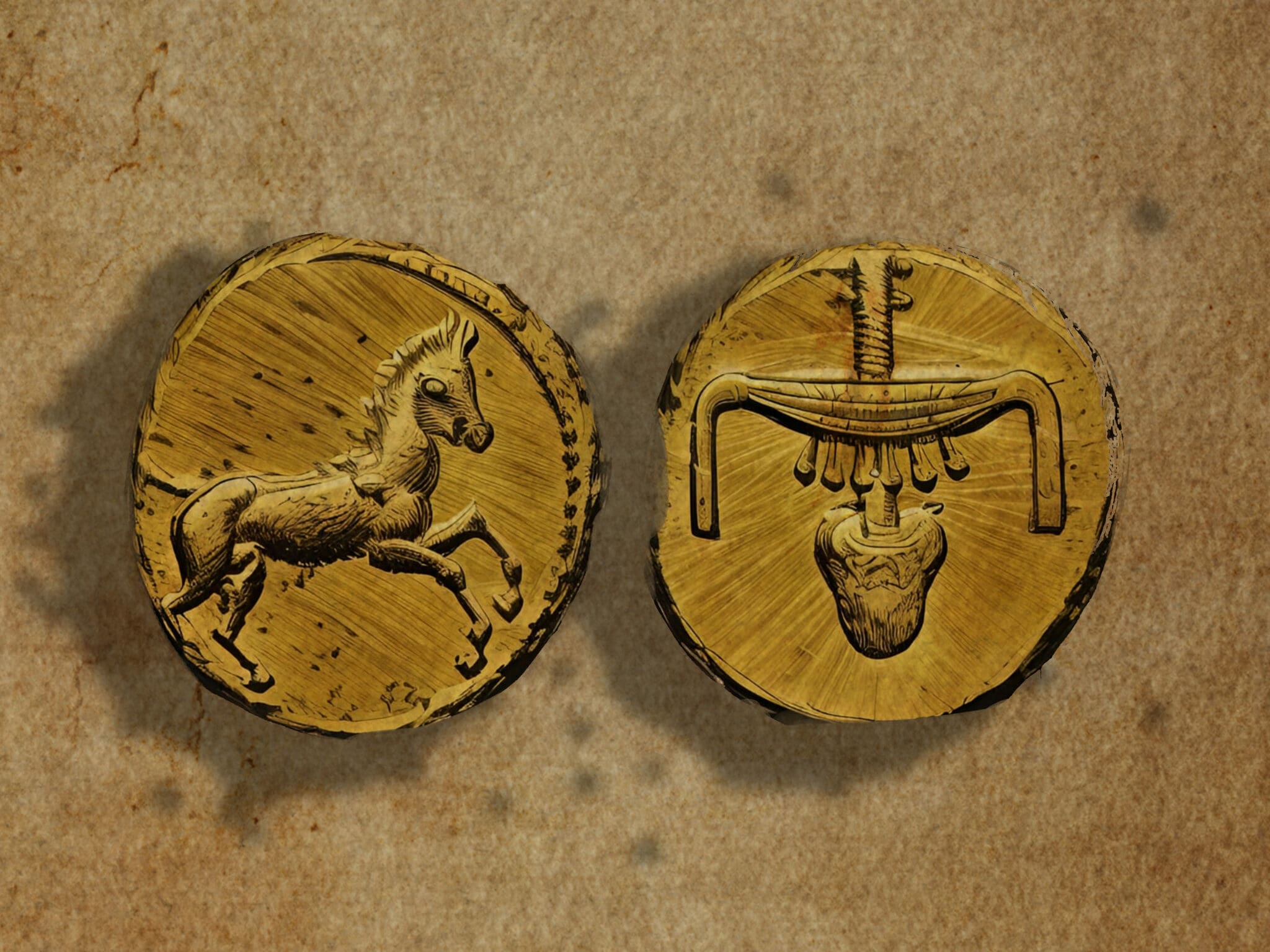
During the Late Dynastic Period, the last native Pharaoh, Nectanebo II, also issued coins. Nectanebo II’s coins were essential to the Egyptian monetary system, reflecting his reign’s economic prosperity and stability.
Introduction of the Deben: The Earliest Form of Standardised Currency
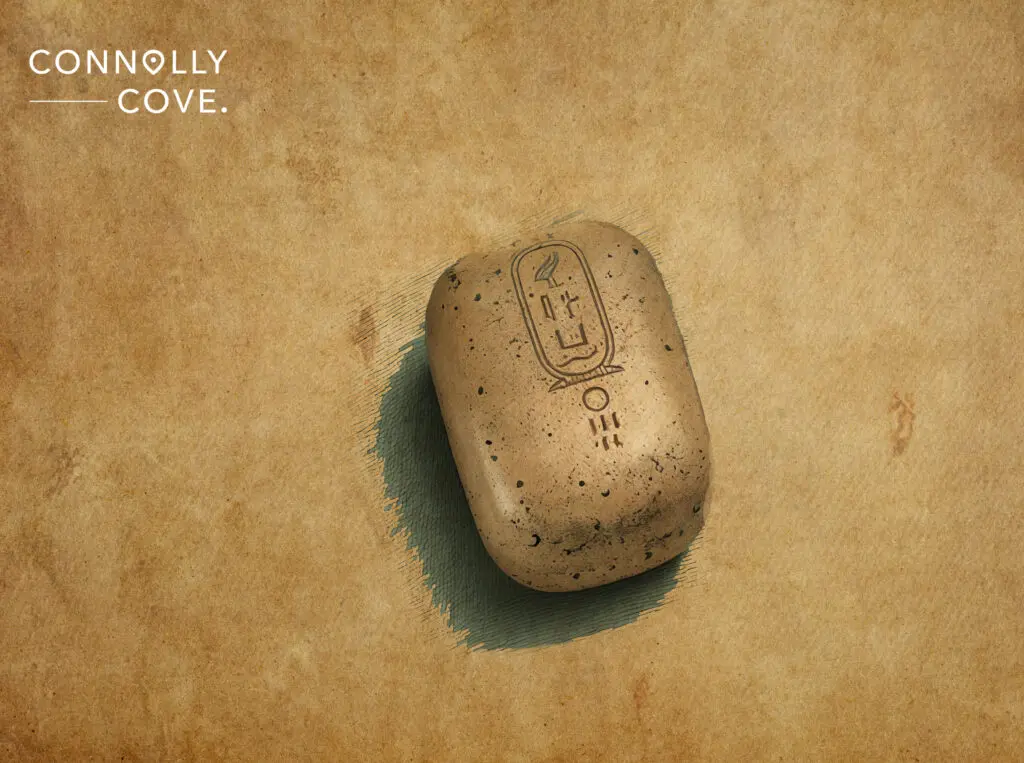
One of the transformative phases in the history of ancient Egyptian coins was the introduction of standardised coinage. This development streamlined trade by ensuring uniformity in weight and value. During the reign of certain pharaohs, distinctive symbols and inscriptions adorned these coins, serving as a mark of authority and contributing to a sense of unity and identity. The standardised coinage facilitated local transactions and enhanced Egypt’s economic interactions with other ancient civilisations.
The earliest form of ancient Egyptian currency was the deben. Dating back to the earliest dynasties, the deben was a unit of weight initially measured in copper. As trade and economic systems evolved, this standardised weight transformed into a more recognisable form—a circular copper disc with distinctive markings. These little copper wonders paved the way for a dazzling array of coinage.
Types of Ancient Egyptian Coins
Ancient Egyptian coins didn’t conform to one look, size, shape, design, or material. They evolved over the ages.
Evolution of Coin Designs and Materials: From Copper and Bronze to Silver and Gold
The Egyptians were not ones to stick to the basics. As their civilisation flourished and the appetite for commerce grew, so did the sophistication of ancient Egyptian coins. Copper and bronze coins emerged, their reddish hues symbolising wealth and the durability required for everyday transactions. These coins featured intricate designs, often portraying the reigning pharaoh or symbols of divine significance.
For transactions of grander scale and higher prestige, silver and gold coins entered the scene. Reserved for higher denominations, these precious metal coins exuded luxury and were adorned with even more elaborate designs. The weight and material of these coins were markers of value and status symbols, reflecting the economic stratification of ancient Egyptian society.
Variations in Coin Shapes and Sizes: Round, Square and Rectangular Coins
Most ancient Egyptian coins were of the classic round shape, echoing the celestial symbolism deeply ingrained in Egyptian culture. The circular design, reminiscent of the sun and the moon, facilitated easy handling and carried a subtle cosmic significance. These round coins were the workhorses of daily transactions, circulating widely across the bustling markets of Ancient Egypt.
Some regions experimented with square and rectangular coins to diversify the currency landscape, deviating from the traditional round form. These unconventional shapes often bore unique inscriptions and symbols, adding an extra layer of cultural richness to the currency. While not as prevalent as their round counterparts, these square and rectangular coins added a touch of variety to the vibrant world of ancient Egyptian coins.
Economic Implications of Ancient Egyptian Coins
As a standardised medium of exchange, ancient Egyptian coins were the lifeblood of the bustling trade and commerce of the time.
Facilitating Trade and Commerce
Ancient Egyptian coins simplified transactions, fostering a more efficient and dynamic marketplace. Whether buying grain, exchanging goods, or paying for skilled labour, the ubiquity of ancient Egyptian coins smoothed the wheels of economic activity, laying the foundation for a thriving civilisation.
Reflection of Economic Prosperity or Decline
The ebb and flow of prosperity in Ancient Egypt found its reflection in the coins circulating through its markets. During periods of economic boom, coins were minted abundantly, showcasing the wealth and stability of the empire. Conversely, in times of decline, scarcity and devaluation of currency spoke volumes about the challenges facing society. The rise and fall of ancient Egyptian coins mirrored the economic tides that shaped the destiny of this remarkable civilisation.
More Than Just Money: Cultural and Religious Significance of Ancient Egyptian Coins
Ancient Egyptian coins weren’t just about buying and selling. They were a part of daily life, reflecting the cultural and religious tapestry of the civilisation. From portraits of pharaohs to symbols of gods, these coins played a role in religious ceremonies, connecting the spiritual and the material.
Depictions of Pharaohs, Gods, and Symbols
Pharaohs, revered gods, and sacred symbols adorned these coins, serving as both a testament to the ruling elite’s authority and a reflection of the deep-rooted religious beliefs of the society. Each coin was a tiny masterpiece, telling stories of power, divinity, and the interconnectedness of daily life with the spiritual realm.
Use of Coins in Religious Rituals and Ceremonies
The use of ancient Egyptian coins extended beyond marketplaces into the sacred domain of religious rituals and ceremonies. Offerings of coins to deities during ceremonies symbolised the linkage between the earthly and divine realms, emphasising the importance of wealth and prosperity in the eyes of the gods.
Manufacturing Process of Ancient Egyptian Coins
Have you ever wondered how these ancient Egyptian coins were made? Think of skilled craftsmen using metal casting, engraving, and minting techniques to create these miniature masterpieces. It was like a small-scale art studio producing pieces of history.
Techniques and Tools Used in Coin Production: From Metal Casting to Engraving and Minting
The creation of ancient Egyptian coins was a craft that blended precision with artistic finesse. Metal casting, a technique widely employed, involves melting metals like copper, bronze, silver, or gold and pouring the molten liquid into moulds. Intricately crafted with the desired coin design, these moulds determined the final shape and features. The cooling process solidified the metal into recognisable discs that circulated as currency. Metal casting allowed mass production and ensured a consistent and standardised form for widespread acceptance.
Another pivotal technique in ancient Egyptian coin production was engraving and minting. Skilled artisans meticulously carved intricate designs and inscriptions onto metal dies, which were then used to impress the images onto the coin’s surface. This method added a level of detail and artistry to the coins, capturing the essence of Egyptian culture and symbolism. The engraving and minting process required both technical precision and a keen eye for aesthetics, turning each coin into a miniature work of art.
Role of Specialised Mints
Metal casting and engraving techniques, combined with the oversight of specialised mints, gave rise to a diverse array of coins that facilitated trade and served as enduring artefacts of a flourishing civilisation.
Centralised vs. Decentralised Minting Practices
Ancient Egypt boasted a complex network of mints responsible for coin production. Some periods favoured centralised minting, where a designated facility controlled the entire process—from metal preparation to coin striking. In contrast, decentralised practices allowed individual cities or regions to manage their coin production, contributing to a rich tapestry of regional variations. This decentralised approach accommodated local preferences and added diversity to the designs and materials used in ancient Egyptian coins.
Quality Control Measures
Maintaining the integrity of the currency was paramount in ancient Egyptian coinage. Specialised mints implemented stringent quality control measures to ensure the consistency and authenticity of the coins. Inspectors examined each batch for weight accuracy, proper metal composition, and adherence to design standards. Coins that met these criteria were then released into circulation, while subpar batches were either melted down for reuse or marked for further refinement. This commitment to quality control contributed to the longevity and reliability of ancient Egyptian coins.
Symbolism and Inscriptions on Ancient Egyptian Coins: Symbols Speak Louder Than Words
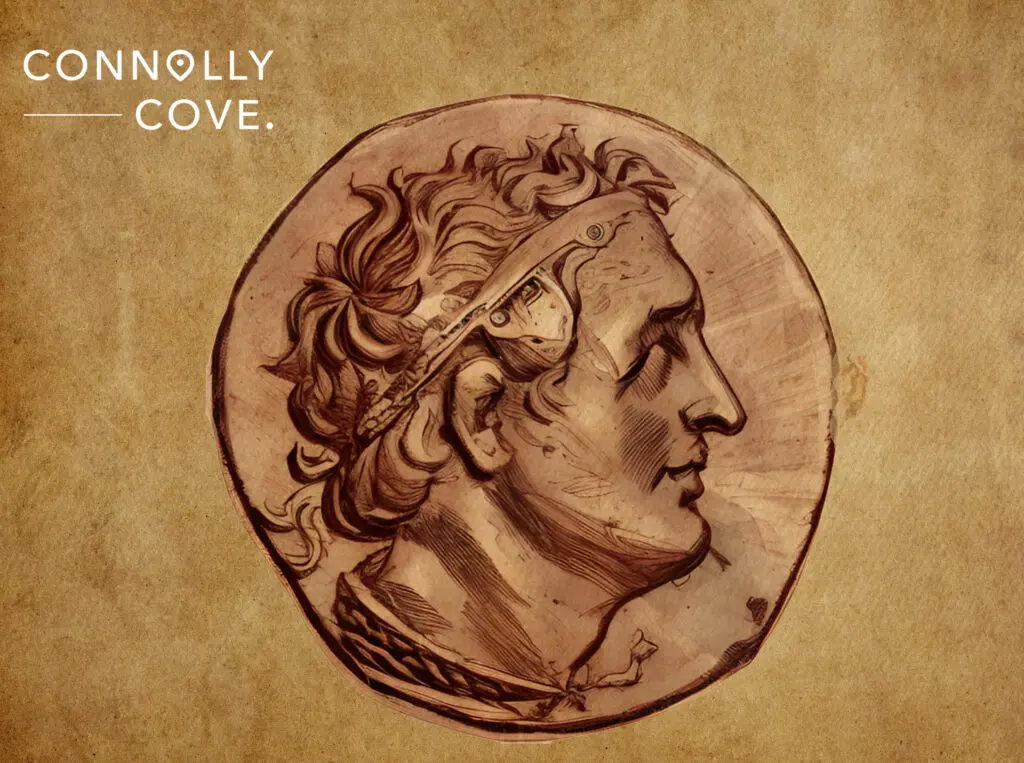
Take a closer look, and you’ll discover a world of symbols on these coins. Sphinxes, ankhs, scarab beetle—each with its own meaning. The hieroglyphic inscriptions? They were like tiny messages from the past, preserving the beliefs and stories of ancient Egyptians.
Analysis of Common Symbols and Hieroglyphic Inscriptions on Ancient Egyptian Coins
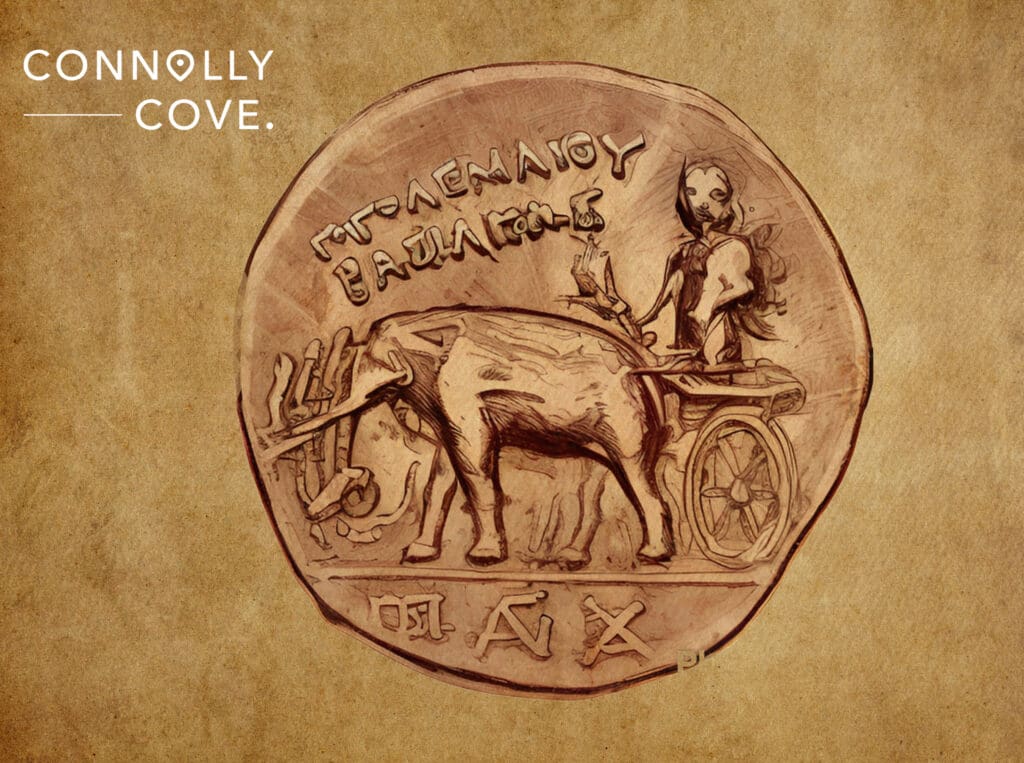
The Sphinx often graced these coins with its enigmatic gaze, symbolising strength and wisdom. The ankh, resembling a key with a loop at the top, was a powerful symbol of life and immortality. Meanwhile, the scarab beetle, associated with rebirth and protection, conveyed a sense of cosmic significance.
Hieroglyphic inscriptions etched onto ancient Egyptian coins conveyed profound meanings. They often included the names of pharaohs, invoking their divine authority and linking the ruler to the gods. The hieroglyphs also depicted religious motifs and sometimes conveyed specific messages, turning each coin into a tiny, inscribed artefact that transcended its monetary function.
Representation of Pharaohs on Coins
The faces of pharaohs were prominent features on ancient Egyptian coins, embodying the political and divine authority vested in the ruler. Pharaohs were depicted with regal headdresses and symbolic jewellery, often adorned with ceremonial attire.
Accompanying these portraits were titles that emphasised the divine nature of the pharaoh, reinforcing the ruler’s legitimacy and connection to the gods.
The depiction of pharaohs on ancient Egyptian coins underwent a fascinating evolution over time. Early coins showcased pharaohs in a stylised, almost idealised manner. As the centuries unfolded, artistic representations became more realistic, capturing not just the divine attributes but also the physical features of the rulers.
This chronological evolution mirrored shifts in artistic styles, political ideologies, and societal values, making the coins not just a currency record but a visual timeline of Egypt’s dynastic history.
Legacy Beyond Borders: Influence of Ancient Egyptian Coins on Later Civilisations
But the story doesn’t end there. The influence of ancient Egyptian coins spread far and wide, shaping the development of numismatics in the Mediterranean and beyond, significantly influencing trade routes and the evolution of coinage technology. Positioned at a pivotal crossroads, Egypt spread the practicality of these coins along ancient trade routes, shaping economic exchange. This influence extended beyond Egypt, leaving a lasting impact on the Mediterranean and neighbouring regions.
The Greeks and Romans were notably inspired by the sophistication of Egyptian coinage, adopting its circular shapes, intricate designs, and use of various precious metals. This cultural exchange influenced the appearance of coins and laid the groundwork for enduring monetary systems across civilisations. These tiny artefacts, once exchanged in the markets of Thebes and Memphis, left an indelible mark on the history of money.
Preserving the Past
Fast forward to today, and the quest to uncover the secrets of ancient Egyptian coins continues. Archaeologists unearth these treasures in tombs and ancient marketplaces, providing a glimpse into the lives of those who once held them.
Value of Ancient Egyptian Coins
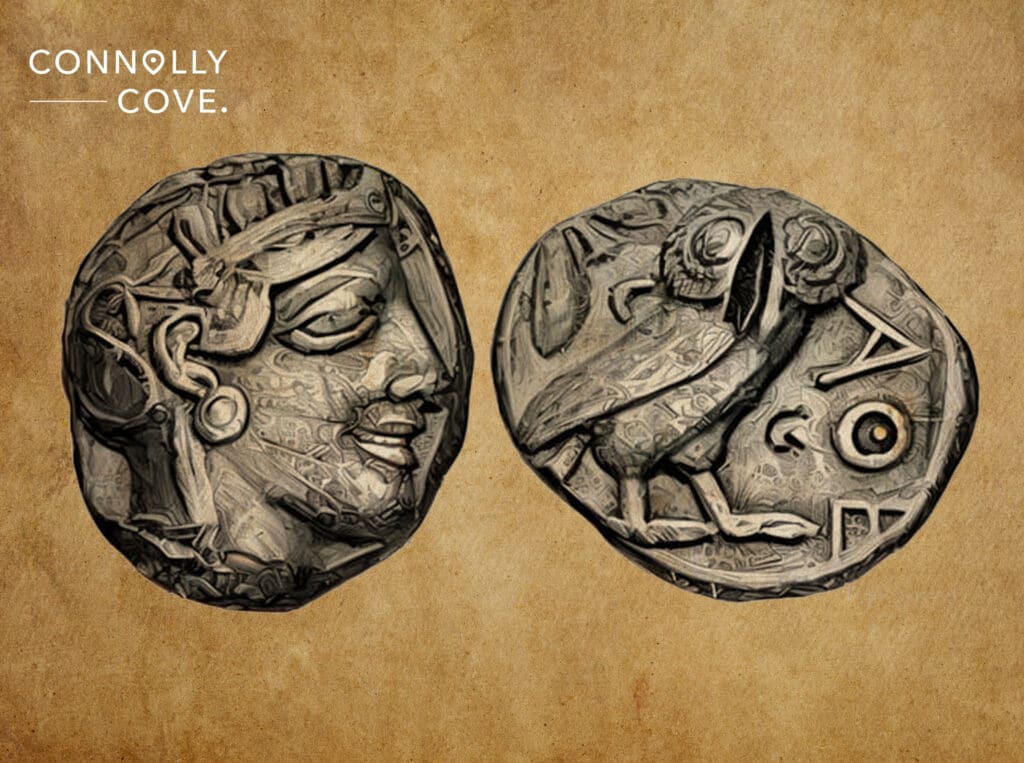
Ancient Egyptian coins are extremely rare and hold immense value, both historically and monetarily. They are rare treasures eagerly coveted by collectors to add to their collections due to their historical significance and rarity. These ancient artefacts command very high prices at auctions and sales, making them valuable investments for those interested in ancient civilisations. Collectors and enthusiasts will pay top dollar to add these coins to their collections or showcase them as part of their appreciation for ancient civilisations.
So, if you come across an ancient Egyptian coin at auction or a sale, it may be worth considering investing in this unique piece of history.
So, there you have it—a journey through time guided by the glint of ancient Egyptian coins. Each coin carries a piece of the past, whispering tales of commerce, culture, and the enduring spirit of an ancient civilisation. As we marvel at these ancient relics, remember that sometimes, the smallest things hold the grandest stories.
FAQs
1. Where can I find ancient Egyptian coins to buy?
You can get ancient Egyptian gold or other archaeological coins from Egypt at Austin Rare Coins & Bullion or eBay.com, which has reputable coin dealers.
2. Are all old Egyptian coins valuable?
Not all historical Egyptian coins hold a high cost. Still, many have a value-based system decided by factors such as age, rarity and condition tied with tales from the Ancient Egyptian civilisation.
3. How does one start collecting these antique treasures?
You need to understand the world of Egyptian numismatics before starting with an exciting hobby like the collection of rare pharaohs or treasure-like archaeological discovery items.
4. Can coins be taken as collector’s items only?
No! Besides being units for collectors, they provide glimpses into ancient history’s culture and aid studies on topics related to archaeological finds.







I found it fascinating to learn about the evolution of ancient Egyptian coins and how they played a role in trade and the daily lives of the Egyptians. It’s incredible to think about how these tiny coins hold such immense historical and cultural significance. 🪙
I’m curious to know if there are any specific symbols or inscriptions on ancient Egyptian coins that are particularly rare or highly sought after by collectors? 🤔